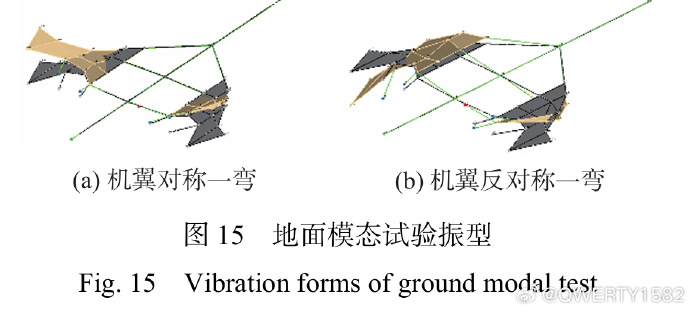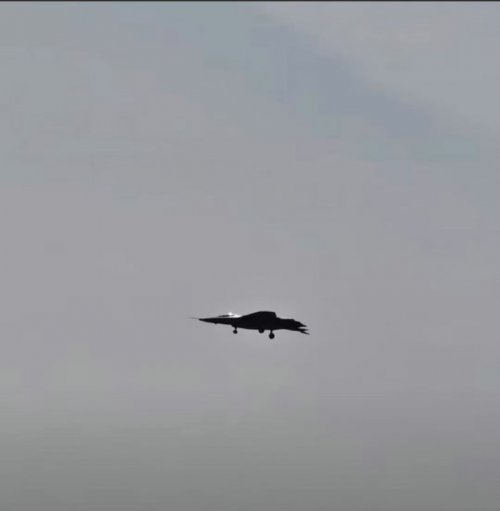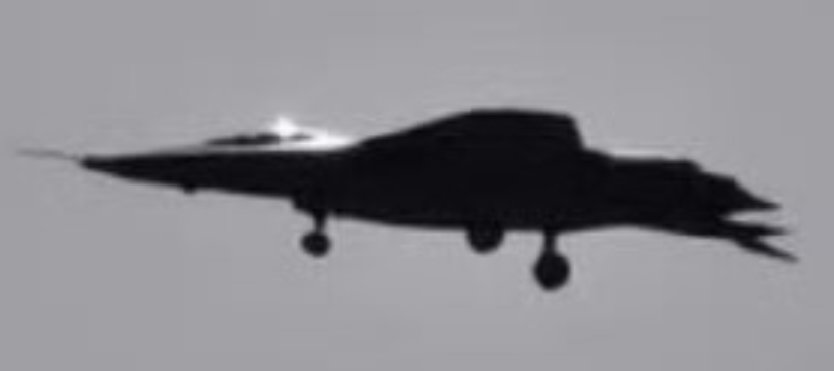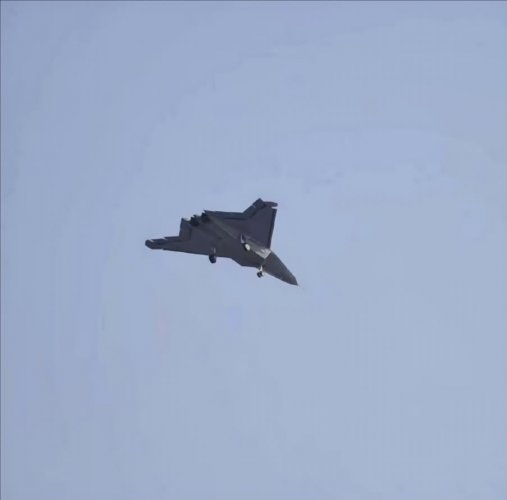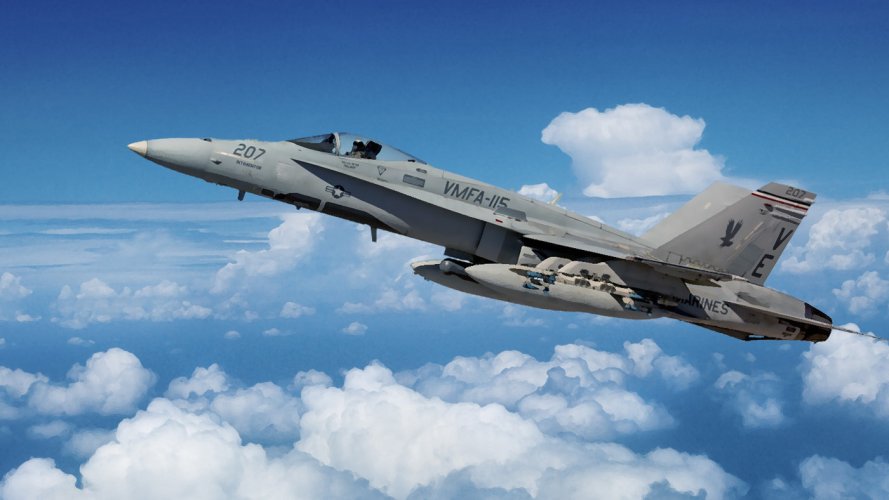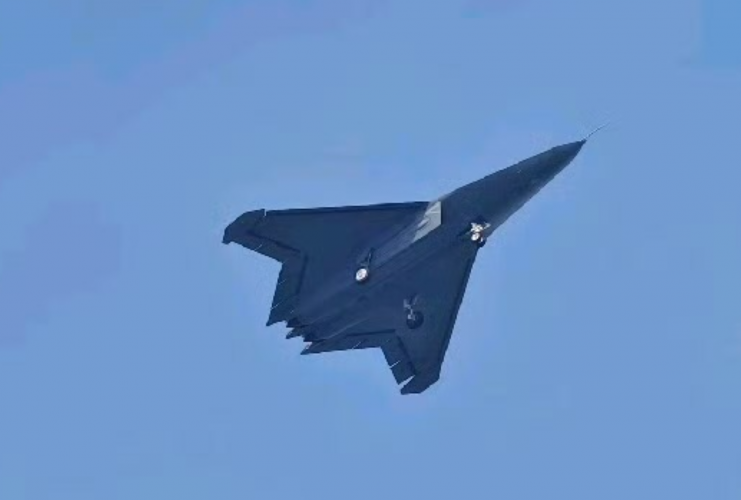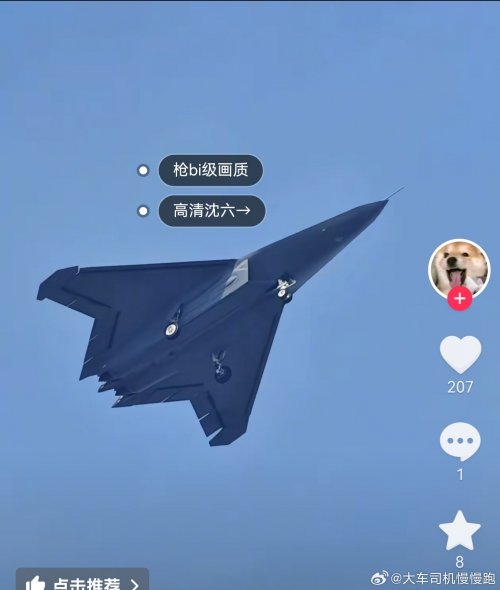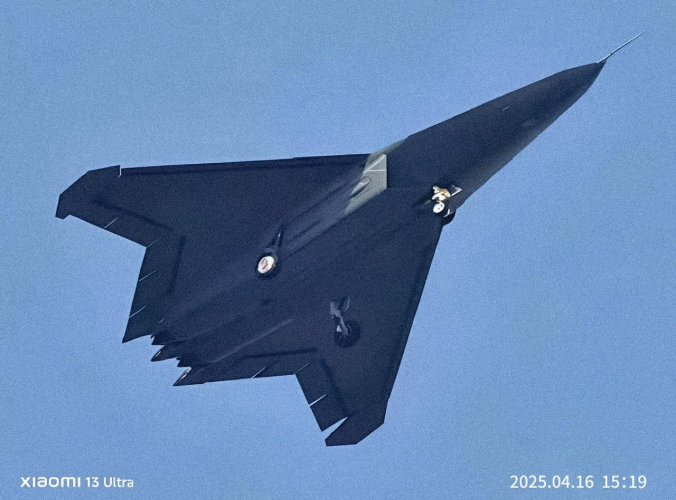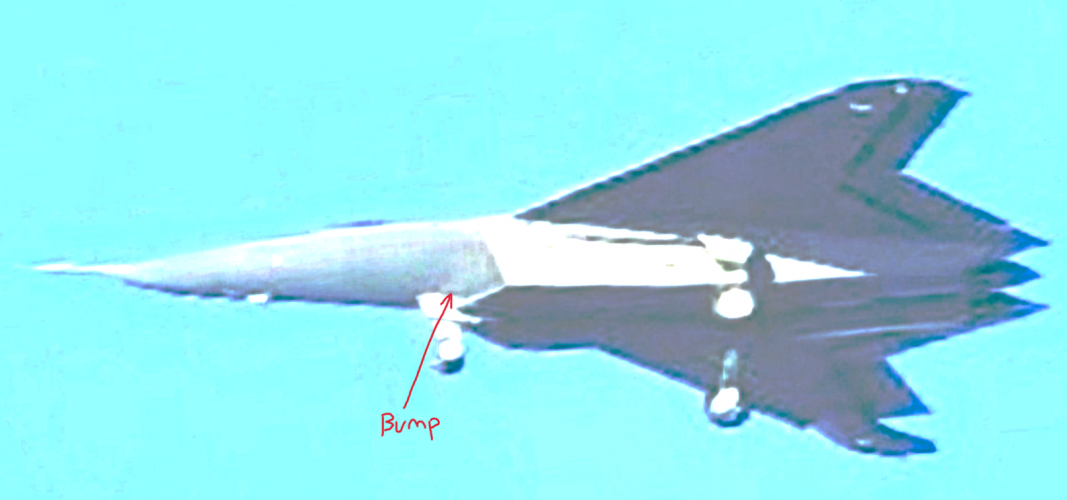Aircraft that are tailless have a huge problem they are the more susceptible to supersonic center of lift movement, add that wing tips are structurally weaker than the root wing so that wing tip control i doubt is for high speed, lambda wings will bring a bigger wing area but its center of lift wing will be moved aft, compared to a trapezoidal wing.
The intake seems to have no bump nor boundary layer diverter too.
It seems stealth is the main purpose on that design but in general terms YF-23 had less stealth in mind but more handling compromises.
a Canard wing aircraft will have lower susceptibility to supersonic center of lift movement and higher pitch control response, it seems this time went more for stealth and the Americans more for higher maneuverability and lower supersonic drag.
